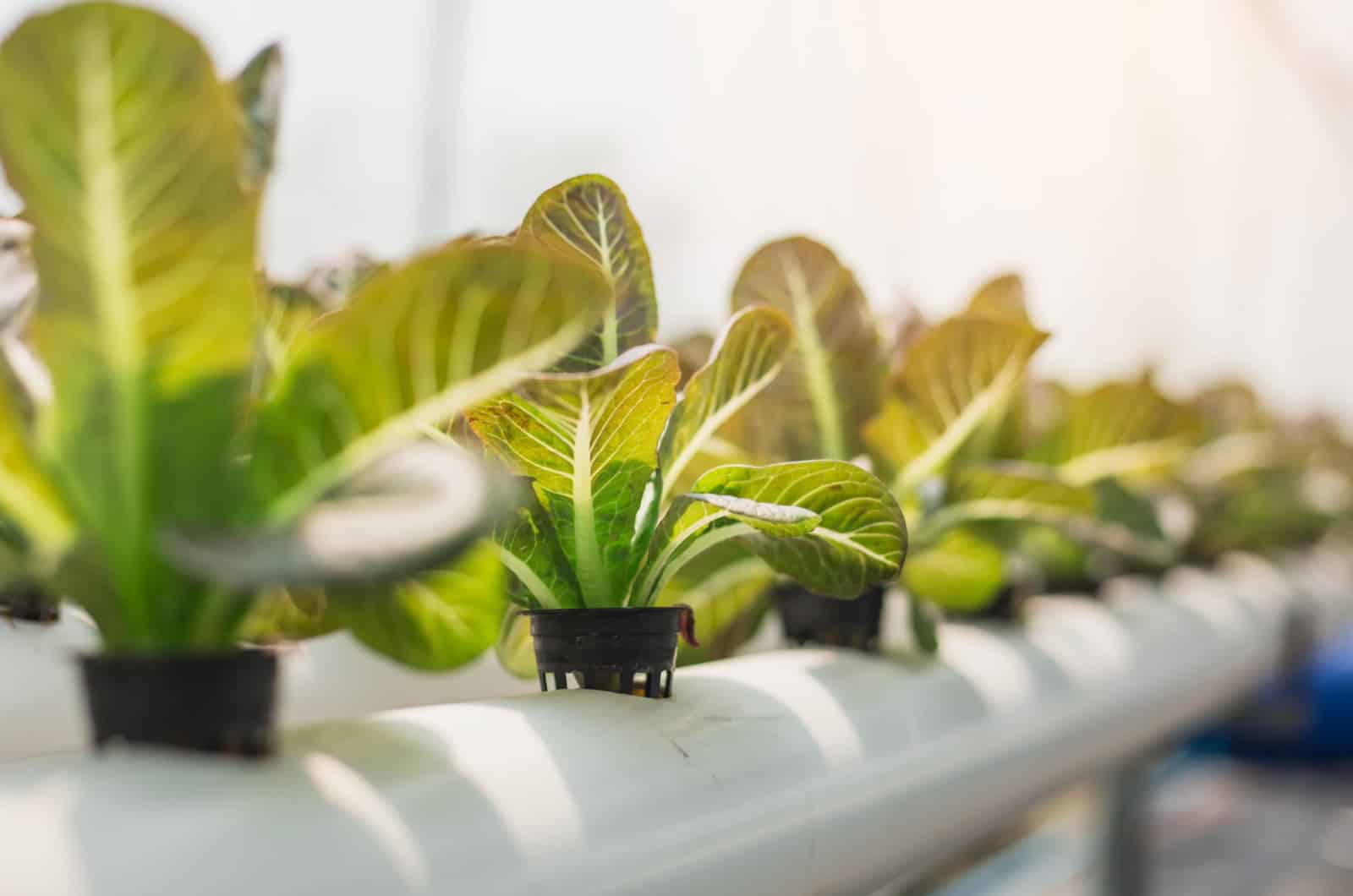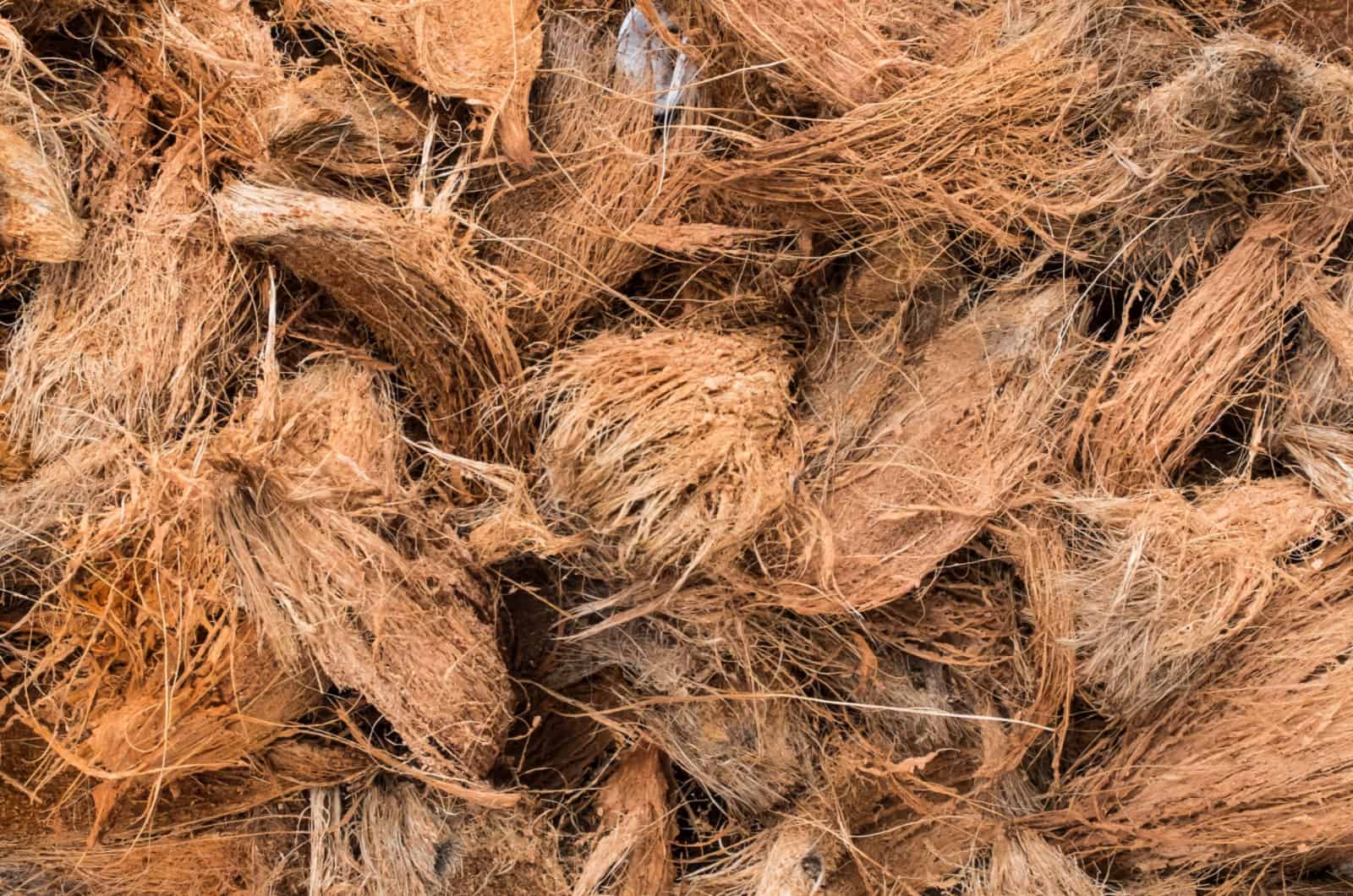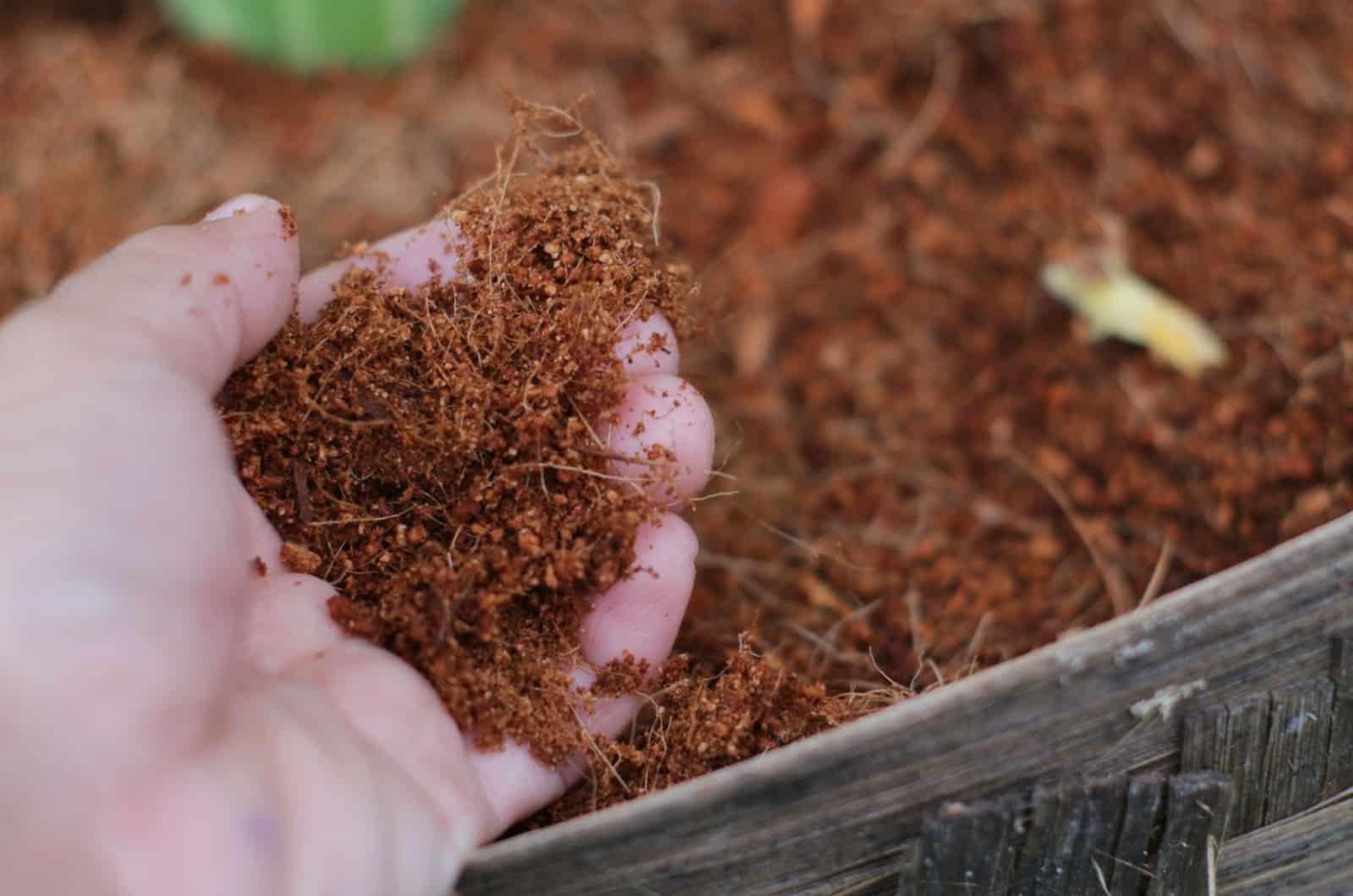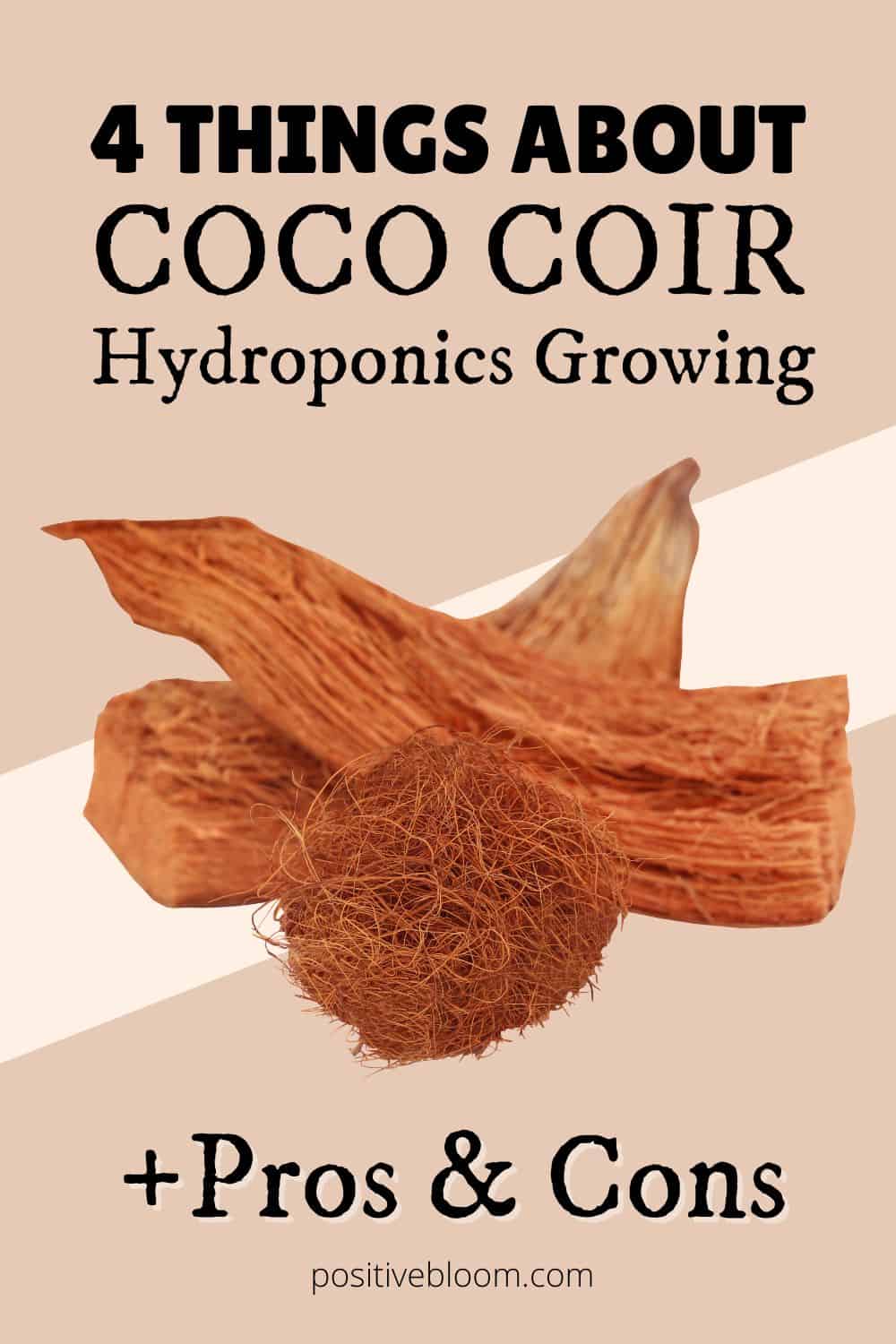Coconut coir is made of coco fiber and is a natural, organic material you can use in your garden. For instance, you can use pure coconut husk to grow your orchids in, as a part of the soil mix, and for mulching plants to keep them safe or simply give them a nicer look.
However, growers around the world have found another way to use this material: in their hydroponics systems!
Coconut fiber is a soilless material that’s perfect for hydroponics, but it’s not suitable for all plants! Below, you can read more about coco coir hydroponics growing, learn how to use it in such a system, and read more about its pros and cons.
Let’s get started!
Coco Coir Hydroponics Growing
Coco coir is an excellent material for repotting orchids, and you can learn more about using this substrate in hydroponics systems below.
For instance, you’ll need to use specific fertilizers, sometimes add perlite or vermiculite for drainage, and also choose the correct type of coco coir.
We’ll discuss all these factors now so you’ll be able to make an informed decision.
3 Different Types Of Coco Coir
There are three main types of coconut coir: peat, fiber, and chips. They differ in structure and usage, which we’ll discuss in more detail now.
Coco Peat
There are a couple of differences between coco peat and coir, but the main one is their structure. This type of coco is frequently used in hydroponics as it retains water well and can keep your plant’s root systems well hydrated.
It resembles peat moss, but you can recognize it due to its beautiful brown color. As its pH level is neutral, you won’t have to worry about it being too acidic for your herbs and veggies.
Coco Fiber
Coconut fiber is also referred to as ground coconut husk. Its stringy appearance makes it easy to recognize, so you definitely won’t mistake it for coco chips or peat.
It is used for making coir planters, added to pots to help sprout the seeds, or after transplanting as it will provide enough aeration around your plant’s roots.
Coco Chips
Coconut chips are too big to be used for hydroponic plants because they can get stuck between them.
However, they are a perfect addition to the potting soil because they combine drainage, aeration, and water retention.
Growers usually use them to improve drainage for their plants or for mulching in their indoor and outdoor gardens.
How To Make Nutrients Available In Coconut Coir
Coco coir doesn’t contain many nutrients, so if you want healthier plants, you’ll have to find the right fertilizer.
One of the benefits of this material is that it has a high cation exchange capacity, which means it stores and releases nutrients rapidly.
However, coconut coir can deprive your plant of calcium, magnesium, and iron because it tends to keep these nutrients instead of releasing them.
Another thing you should know about this material is that it may contain higher phosphorus and potassium concentrations, so you shouldn’t use traditional hydroponics fertilizers.
On the other hand, coconut coir doesn’t contain enough calcium, magnesium, manganese, boron, zinc, nitrogen, copper, and iron, which you’ll have to supplement if you notice your plants are suffering from nutrient deficiency.
But the good news is that there are fertilizers specifically made for coco coir, and you can always supplement the medium yourself by adding some nitrogen, magnesium, and calcium.
Add Perlite To Improve Drainage
Sometimes, coco coir can retain too much moisture, and if you want to ensure you get healthy plants in your grow room, you can always add some materials that improve drainage, such as perlite.
Other Tips For Coco Coir In Hydroponics Systems
Before using this material, always remember to rinse it first because it contains high salt content, which can be detrimental to your plants.
If you’re not sure how long you should wash your coir, you can always test the concentration of total salts (EC) in the runoff, and if there’s still a high amount of it, you should continue washing it for a few more days (5-7 days should usually do the trick).
After rinsing, it is essential to soak the coir using a large amount of water (about three parts moisture to one part coconut coir). In about half an hour, the material will absorb what it can, and you can then transfer it to your hydroponics system.
Once the moisture drains, you can plant your herbs and veggies.
It is important to keep the coir moist at all times so that it can encourage instead of inhibit plant growth. Therefore, check up on it and water it frequently.
Also, coco coir doesn’t contain nutrients (or at least not in the amounts your plants need), so you should feed your plants regularly with a solution specifically made for this medium.
And don’t forget about the pH level. You should monitor it regularly because it should always be between 5.8-6.2 in order to provide the optimal conditions to absorb water and nutrients.
Pros And Cons Of Using Coco Coir Growing Medium
We already mentioned a couple of benefits of coco coir, such as its water retention, high cation exchange capacity, etc., but there is so much more to this material than just that!
Of course, nothing’s perfect in this world, and coconut coir also has its drawbacks, and we’ll discuss them in the table below:
[table id=453 /]
Is Coco Coir Better Than Peat Moss For Hydroponics?
Coco coir has better drainage and aeration than peat moss, which is why it is considered a better choice for hydroponics. This material is also less likely to compress, making it easier for the plant’s roots to penetrate.
Coconut coir is an eco-friendly material, whereas peat moss is not suitable for the environment because harvesting peatlands releases carbon into the atmosphere.
Furthermore, growing vegetables in coco coir (or peat) has many benefits, but you can always use alternative media, such as Rockwool cubes, LECA, perlite, vermiculite, etc. Simply research your plant’s needs and choose the best growing medium accordingly.
Final Thoughts
This article included the main things you need to know about coco coir hydroponics growing, such as which type of coconut coir to choose, how to introduce nutrients into such a medium, how to improve drainage, and some other tips on preparing coir for use.
We also included the pros and cons of this material so that you can decide whether it is the right fit for you and your plants.
Of course, you can always use other organic or inorganic materials, such as LECA, perlite, vermiculite, etc., for growing your plants in hydroponic systems.
Thanks for reading, and until next time!
Like this post? Share or pin it for later!




